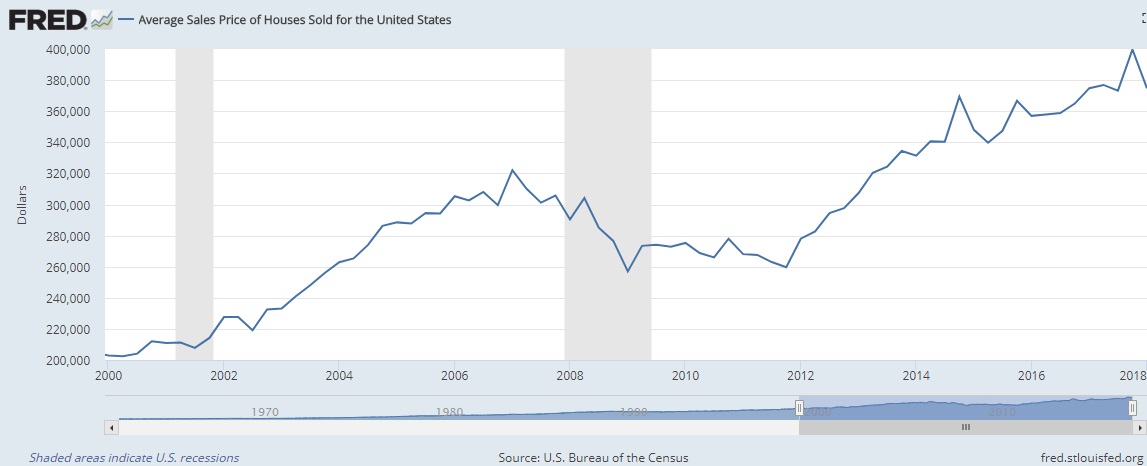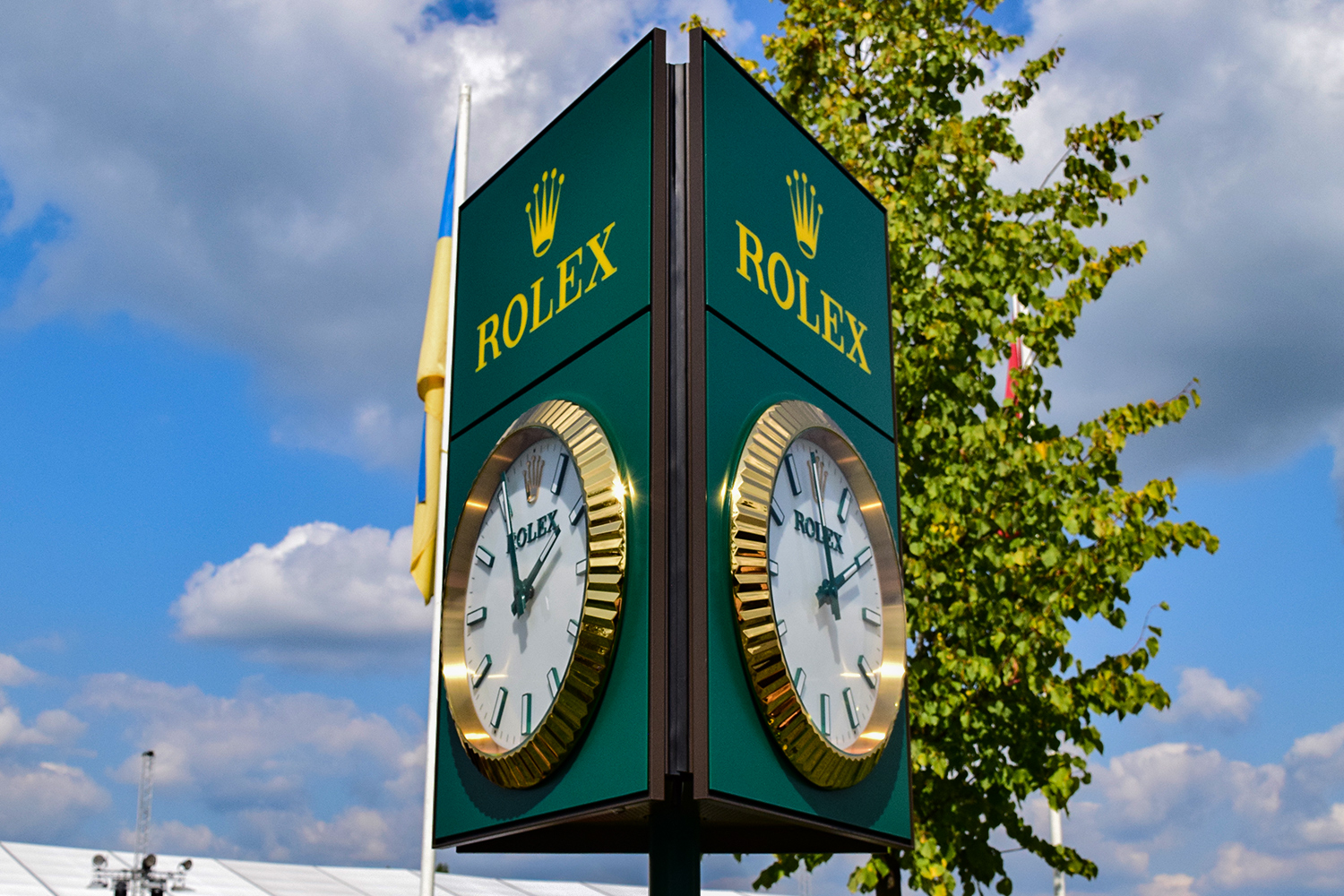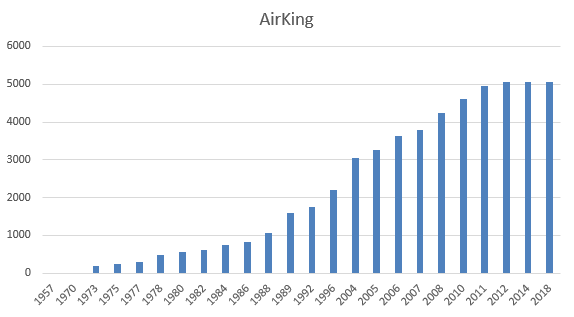
Not too long ago, I was standing in a Rolex AD in the center of Brussels with a couple of (watch) friends, with two of the group looking at a possible purchase. This was just around the time Baselworld was to open its doors. There was a sense of urgency that day in the boutique. For one, there were three watch enthusiasts encouraging one another to ‘just go for it’. More importantly, that very day the AD’s around the world were, supposedly, awaiting the final word on a potential price increase from the mothership in Bienne. Instilled with this fear of ‘buy now or risk an increase tomorrow’, we stood there, doing our individual best to resist buying while simultaneously encouraging each other to take the jump. In the end however, no prices were increased on that particular day (and no orders were placed by any of us either).

In this article, we have a closer look at the past price evolution and what we could reasonably expect to happen in the (near) future. Worth mentioning, we leave the gold models out of this, so we don’t have to bother analyzing how gold prices would undoubtedly have impacted the price increases. So out of sheer convenience, here we’re just looking at stainless steel models. Also, note we’re looking at prices of modern new Rolex watches. As I lack a PhD in Absurdity, I’d rather not deep dive in vintage Rolex price data at this point in time…
Perspective
Before we go wild with Rolex pricing charts, let’s put everything into perspective. For that, we’re going to use the Big Mac Index and simply observe the price of the world-famous Big Mac, yes the hamburger.

The Big Mac index is regarded as an indicator for the purchasing power of an economy and also shows us the price evolution in any given country of this exact burger. What the historical pricing data tells us is that Big Mac prices (USA) have gone up considerably and quite consistently. The average price for a Big Mac burger in the USA was 5.30 U.S. dollars in January 2018. In comparison, the same burger would have cost you only 3.57 USD in 2008 and just 2.51 USD in 2000:

According to the Bureau of Labor Statistics consumer price index, the dollar experienced an average inflation rate of 1.59% per year. Taking into account inflation that would be 4.18 USD in 2008 and 3.46 USD in 2000. That would be a 27% increase over the past eight years for the average price of a Big Mac in the USA.
Now, another good one to look at, just for perspective, is the average house price evolution in the US:

While there is the painful ‘drop’ post 2008’s crisis, we can see that here again, everything is steadily going up. Not down nor flat. Keep this in mind as we have a peek in the treasure chest of the Wilsdorf clan.
Show me the numbers
Time to look at watch prices now. Let’s look at the historical AD prices for new Rolex watches tracked by the friendly folks at Minus4plus6.com. As mentioned above, we’re avoiding precious metal models on purpose, as that saves us the effort of having to price in the fluctuations of those commodity prices (which is no fun for anyone). So, to get a general idea of the price evolution of a stainless steel Rolex, let’s take for example the Stainless Steel Rolex Explorer I:

The average price in 2008 for the Explorer would have been 5050 USD and is 6500 USD in 2018. That’s a Big Mac like increase of 28%. However – adjusted for inflation, that would be 5910 USD and 6500 USD respectively. That would be a gentle 10% increase. That’s 17% less less than the price increase of Big Mac for that same period y’all.

Now, we’ve checked several stainless steel models, and they all paint a very similar picture to the chart above:
Interesting to note is that the 2008 crisis didn’t seem to affect Rolex pricing, much the same to the burger chart and very different of course to the housing price chart: 
Looking at the above 40 years chart, listing the prices for several Rolex models, the seasoned chart-ninjas among you will have noticed one key anomaly: the end of the Rolex chart is as flat as a pancake. Since 2012, prices remained mostly the same across the listed Rolex models. That is more than 5 years now that we haven’t seen any (significant) price increase for these models. Looking at all the years prior, that is a pattern that is absolutely out of the ordinary. The Big Mac price however, has gone up consistently. And that my friends, leads us to the inevitable conclusion…
Conclusion ?
Following this highly unscientific analysis, best shared after a few beers at your next watch meet, my conclusion is that a price correction (upwards) is imminent. It is now becoming highly unlikely that we see the prices remain flat for Rolex (and down would be unthinkable, of course). With the Swiss watch export sales figures up across the board after the previous slump, and with prices having remained flat for this long, a price increase is… overdue.
While nobody outside Rolex really knows what Rolex is planning for the next 12 months, I’d bet a price increase is one of those things that’ll drop within this time-period.






Question is (also): should you pay list on a not-so-in-demand Explorer 1 at an AD, or can you resonably expect a small discount? And if so: how much (%) would that reasonably be?
The not so in demand isn’t quite what I’m experiencing. It’s just not as silly hyped/supply limited as the other SS models. At the few AD’s in the area, yes there will usually be an Explorer at one of them at any given time, but there’s also high rotation, so it’s not the same watch sitting there all the time, just gets resupplied better it seems. Definitely check for a %, it won’t be anything crazy in my experience, but depending on the AD you may just get a few % off, and on the amount they cost, a few % is always nice 🙂 That said, some AD’s don’t give anything here, it never hurts to ask, they’ll likely be upfront with you.
I’m interested to hear what others have to say though.
Nice writeup. I understand this article is about the price development for new watches? I’d like to see a similar article about vintage watches. The price development of a base Rolex, like a Datejust ref 1601 from a specific year, over many years would be quite instructive.
Nice job, per my 2022 view I see that you were correct!!